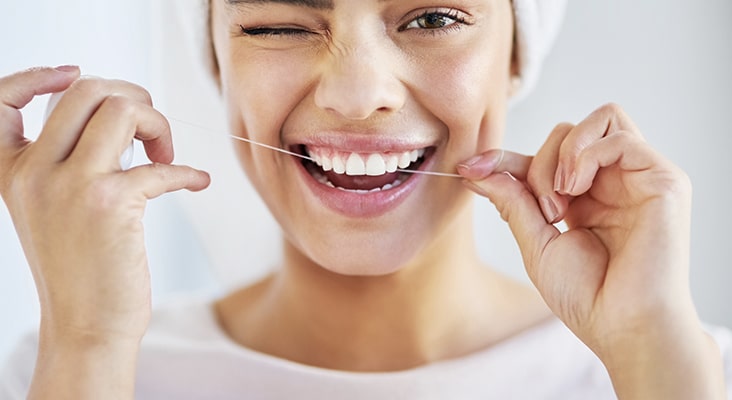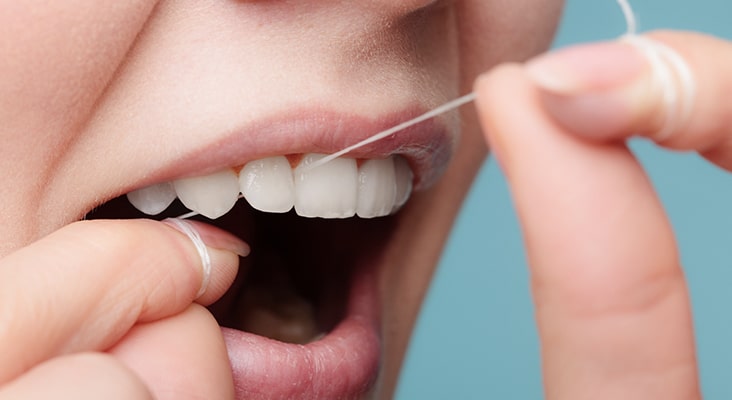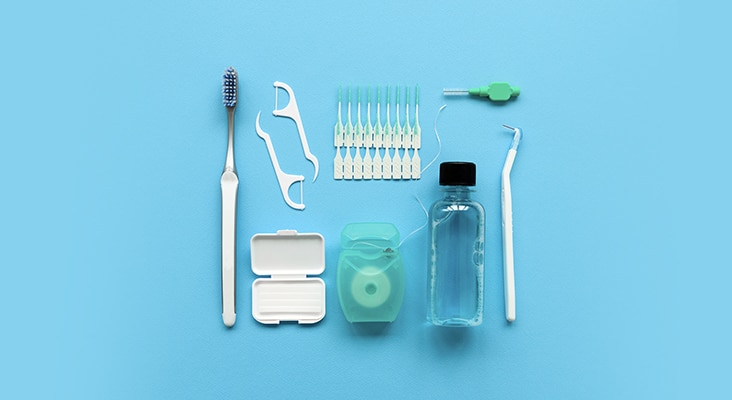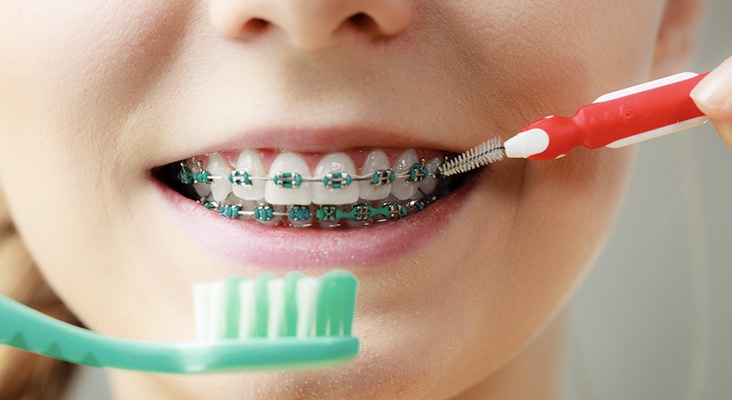To Floss or Not to Floss
Floss has long been the primary device recommended for cleaning between teeth as part of patients’ daily self-care regimens.

Floss has long been the primary device recommended for cleaning between teeth as part of patients’ daily self-care regimens. Floss has its origins in New Orleans when in 1819, Levi Spear Parmly, DDS, published the book, A Practical Guide to the Management of the Teeth. He recommended that patients use a waxed silk thread “to dislodge that irritating matter which no brush can remove, and which is the real source of disease.” In 1882, unwaxed silk floss became commercially available and, in 1898, the first dental floss patent was granted. The utilization of silk to manufacture floss fell out of favor in 1941, due to its use in wartime parachute making. As such, nylon became the material of choice. Today, floss is available in a variety of types to meet patients’ individual needs, including unwaxed, waxed, woven, shred-resistant, bamboo, fluoride, and whitening. Unfortunately, the use of floss by the American public remains low.
Photo Credit: PeopleImages / E+

Who Is Flossing?
The United States Department of Health and Human Services supported the use of dental floss specifically, along with toothbrushing and exposure to community water fluoridation, in its 2005 and 2010 Dietary Guidelines for Americans. Additionally, the American Dental Hygienists’ Association promotes flossing as one of the four daily habits to adopt: brush, floss, rinse, and chew. Knowing the importance of flossing, dental hygienists recommend this technique to patients at every visit; yet, the majority of individuals do not floss on a regular basis.
Photo Credit: PeopleImages / E+

Evidence Base
Flossing and the use of other interdental cleaners have been shown to disrupt and remove plaque, but there is not strong evidence to show they reduce the incidence of caries or periodontal diseases. When reviewing the literature on the effectiveness of interproximal plaque removal devices, most studies were short in duration. This means that long-term efficacy is not demonstrated and the length of the studies was too brief for caries or periodontal diseases to develop. Although strong evidence is not available, it does not mean that flossing and other interproximal devices are not effective. Many studies compare the effectiveness of interproximal devices with flossing.
Photo Credit: Voyagerix / iStock / Getty Images Plus

Interdental Cleaning
Interdental cleaning products/devices—such as interdental brushes, wooden interdental cleaners, soft interdental cleaners, air and water flossers, and irrigation—are available to help individualize patient care for interproximal plaque removal. For patients who refuse or are unable to floss, interdental brushes and hard and soft interdental cleaners are effective, especially when there is a loss of interdental papilla.
Photo Credit: TShum / iStock / Getty Images Plus

Many Options Are Available
As interdental brushes are available in several shapes and sizes, it is important to recommend the appropriate fit for the interdental space to achieve maximum plaque removal. Wooden and soft interdental cleaners can also be used to clean interdentally, as they meet the personal preferences of many consumers, are easy to carry, and are readily disposable. The latest addition gaining popularity for interproximal plaque removal is powered interdental cleaners. Irrigation devices have been around for decades, yet they have recently been designed and targeted for interproximal cleaning due to research supporting the removal of interproximal plaque, in addition to reducing gingivitis. Water floss and air floss devices have been shown to be more effective in removing interproximal plaque and reducing gingivitis compared with the use of manual toothbrushing and string floss. However, the studies in support of some of these devices have similar limitations as those conducted on floss, mainly that the studies are short in duration.

